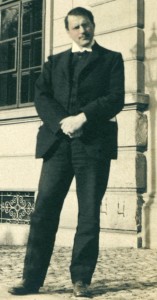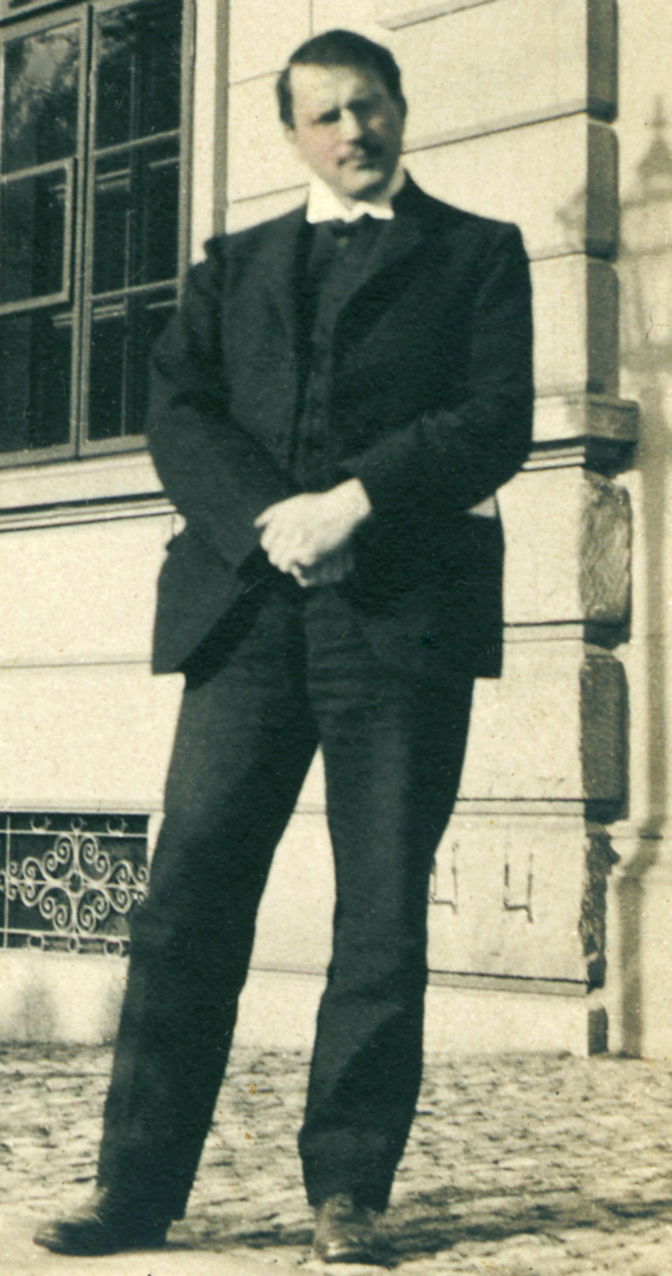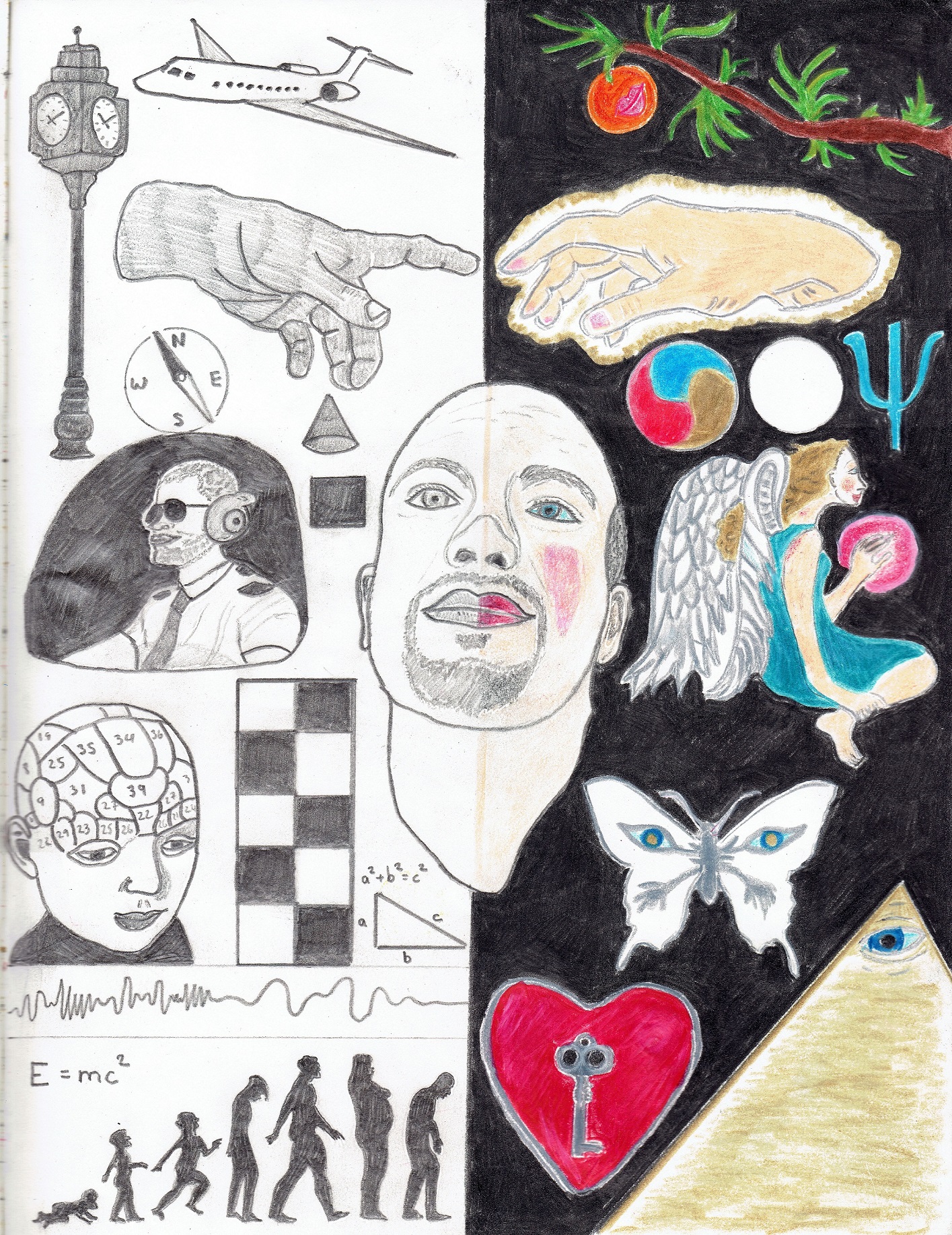
In order to fully grasp the discourse presented in the two articles of the “It’s all Greek to me” educational blog tour entitled, “The Cult of Hathor-Isis and the Mother Archetype” (Part One and Two), it is necessary to provide a brief overview of the Jungian principles used to support my hypothesis on the Divine Feminine and the Great Mother Goddess. The material is drawn from Jung’s collected works.
Today, the unconscious stands as the Original Mind of humankind, the primal matrix out of which our species evolved a conscious mind and then developed it over the millennia to the extent and the refinement that it has today. Every capacity, every feature of our functioning consciousness, was first contained in the unconscious and then found its way from there up to the conscious level. Historically, one of the first individuals to reintroduce this idea to the Western world was psychoanalyst Carl Gustav Jung (1875-1961ce). Through years of research and work with the mentally ill, he was able to show that the unconscious is the creative source of all that evolves into the conscious mind and into the total personality of each individual. Upon closer inspection of their psychological suffering, he was able to discern that the relationship between conscious and unconscious components of the mind had broken down. This observation was pivotal in his formulating a plausible theory regarding the mechanics of the human soul, namely that the individual psyche was not all that individual but was built upon the foundations of past generations. This notion that all human beings might share the same subconscious mind, or at least certain basic ideas and feelings, was inspired by a projected dream he had in which the content discovered on various floors of a house were juxtaposed with the periods of human history. He chose to call this level of the subconscious mind the collective unconscious. As it is common to all humans, the collective unconscious is the level of consciousness descried by the ancient philosophers as ‘the sympathy of all things’.
In fact, Jung separated the mind into three distinct faculties: the conscious; the personal unconscious; and the collective unconscious. There seems to be a constant flow of energy between these three psychic centers, with conscious and unconscious elements meeting in the sphere of dreams, visions, ritual and imagination. If we were to compare the mind with an ocean, the atmosphere above would denote consciousness, the surface unconsciousness and its vast depths, the collective unconscious. In the deepest level of the psyche before we move into the dimension of pure God-Mind, lie the seeds of man’s religious aspirations, the world of ideal forms and the quest for meaning in existence. Ancient philosophers like Plato and Pythagoras were aware of this level of consciousness but saw it as the sphere of the gods. Herein lived the forces which were eternally present, interacting with individual human lives, yet were universal, timeless and lived outside the limit of a particular life or time. These ‘fields of energy’ resembled integrated personalities and acted on the human race on an impersonal and sometimes personal level. We experience them in our everyday lives as Great Powers. They sometimes strengthen or overwhelm us, help us, threaten us, liberate us or possess us, depending on which stage of spiritual evolution we are at. These archaic components which entered the individual psyche without any direct line of tradition were termed archetypes by Jung. Unlike the ancients, Jung proposed that archetypes didn’t come from the cupola of the sky or Mt Olympus in Greece but from deep within ourselves, and it is he to whom we owe that concept. He saw them as pre-existing ‘first patterns’ that formed the basic blueprint for the major dynamic components of the human personality.
A plethora of psychological archetypes existing in the abode of the collective unconscious determines human behaviour unconsciously but in accordance with laws and independently of the experience of the individual. An archetype is composed of emotional-dynamic components, symbolism and carries with it a material component. Almost no real human being fits exactly one type, for types are, by their very nature, idealized modules of character traits or behavior patterns. We find characters in mythology, literature and figures in our dreams that fit one type exactly, but real human beings are a combination of many types that join to form one rich, inconsistent, many-faceted human personality. Some really common ones include the virtuous maiden, the heroine, the miser, Father Time, the courageous warrior, and the puritan. The human soul is also an archetype, frequently appearing in dreams as the opposite sex of the dreamer. In males, it is called the anima, and in females, the animus, respectively. Perhaps the greatest and most influential of these is an archetype belonging to the sphere of the Divine Feminine; that of the Great Mother.
In retrospect, it can be inferred that when analytical psychology speaks of the primordial image or archetype for the Great Mother, it is referring, not to any concrete image existing in space and time, but to an inward image at work in the human soul. The symbolic expression of this psychic phenomenon is to be found in the figures of the Great Goddess represented in the myths and artistic creations of mankind, and for the purpose of this exposition the Egyptian goddess Hathor-Isis. The effect of this archetype may be followed through the whole of history, for we can demonstrate its workings in the rites, myths, symbols of early man and also in the dreams, fantasies and creative works of the sound as well as the mentally ill of our day. The term Great Mother, as a partial aspect of the Archetypal Feminine, is a late abstraction worshipped and portrayed many thousands of years before the appearance of the term. Yet even in this relatively late term it is evident that the combination of the words ‘Mother’ and ‘Great’ is not a combination of concept but of emotionally colored symbols. ‘Mother’ in this connection does not refer merely to a relationship of filiation but also to a complete psychic situation of ego consciousness, and similarly, the term ‘Great’ expresses the symbolic character of superiority that the archetypal figure possesses in comparison with everything human and with created nature in general.
It was Jung’s further discovery that the archetypal psyche has a structural or ordering principle which unifies the various archetypal contents. This is the central archetype or archetype of wholeness which Jung termed the Self, or what we as students of metaphysics call the God-mind. The Self is the ordering and unifying centre of the total soul (both conscious and unconscious elements) just as the ego is the center of the conscious personality. We can think of one’s ego as the seat of their subjective identity and one’s Self as the seat of the unconscious personality. The Self is thus the supreme psychic authority and subordinates the ego to it. The Self is most simply described as the inner empirical deity and is identical with the imago Dei. Jung has demonstrated that the Self has a characteristic phenomenology. It is expressed by certain typical symbolic images called mandalas. All images that emphasize a circle with a center and usually with the additional feature of a square, a cross, or some other representation of quaternity, fall into this category. Themes of wholeness, totality, the union of opposites, the central generative point, the world navel, the axis of the universe, the creative point where God and man meet, the point where transpersonal energies flow into personal life, eternity as opposed to the temporal flux, incorruptibility, the inorganic united paradoxically with the organic, the Elixir of Life–all refer to the Self, the central source of life energy, the fountain of our being which is most simply described as God.
Since there are two autonomous centers of psychic being, the relationship between the two becomes vitally important. The ego’s relation to the Self is highly problematic and corresponds to man’s relation to his Creator as depicted in religious myth. The myth can be seen as a symbolic expression of the ego-Self relationship. Many of the vicissitudes of psychological development can be understood in terms of the changing relation between ego and Self. Erich Neumann, a student of Jung, depicted symbolically the original psychic state prior to ego consciousness as the uroboros, using the circular image of the tail-eater to represent the primordial Self, the original mandala state of totality out of which the individual ego is born. As symbol of the origin and of the opposites contained in it, the uroboros is the great ‘round’ in which positive and negative, male and female, elements of consciousness, elements hostile to consciousness, and unconscious features are intermingled. In this sense, the uroboros is also a symbol of the state in which chaos, the unconscious, and the psyche as a whole were undifferentiated and experienced by the ego as a borderline state. My two “It’s all Greek to me” articles titled “The Cult of Hathor-Isis and the Great Mother” mention a “maternal uroboros”, and by this I mean the archetypal figure of the Self shining through the Archetypal Feminine figure of the Great Mother, instead of the combined Archetypal Feminine and Archetypal Masculine together.
It is generally accepted among analytical psychologists that the task of the first half of life involves ego development with progressive separation between ego and Self; whereas the second half of life requires surrender or at least a relativisation of the ego as it experiences and relates to the Self. Therefore the current working formula is: first half of life, ego-Self separation; and second half of life, ego-Self reunion. This process, which can occur multiple times in the course of one’s lifetime, Jung called Individuation or self-actualisation. It is something akin to waking up to our total selves and allowing our conscious personalities to develop until they include all the basic elements that are inherent in each of us at the preconscious level. The process is lifelong and possesses strong associations with becoming the complete human beings we were born to be. Now, because certain constant relations are demonstrable in the depth psychology of mankind, and because to a certain extent a co-ordination is possible between psychic phenomena and the historical stages in the development of human consciousness, a critical analysis of the influence of the Great Mother archetype in the early parts of Western civilization is possible.








